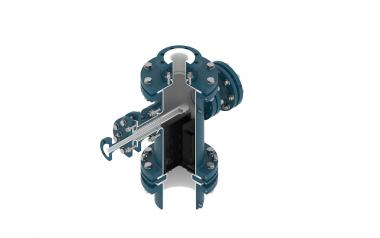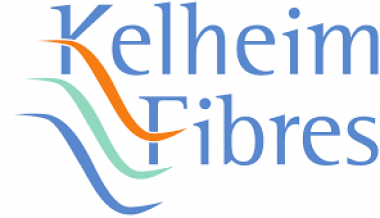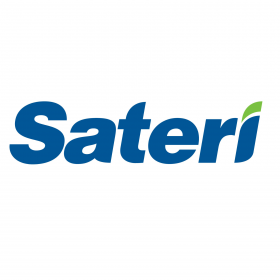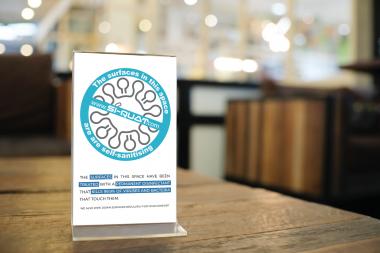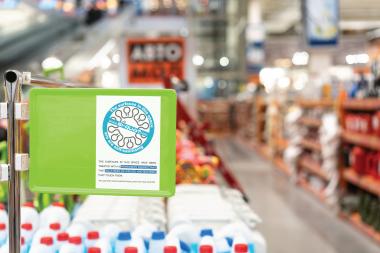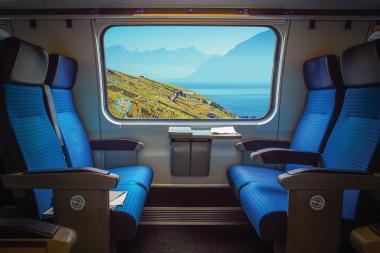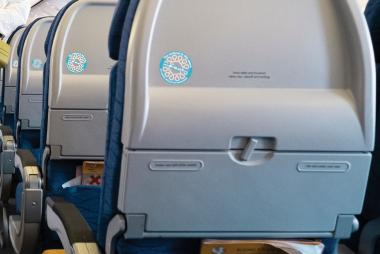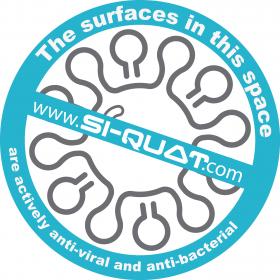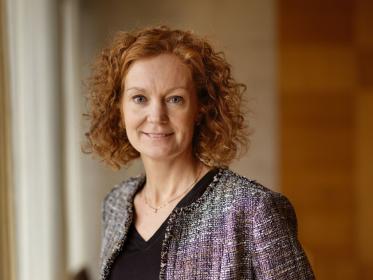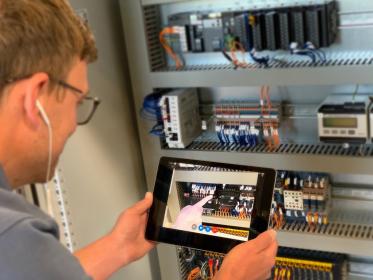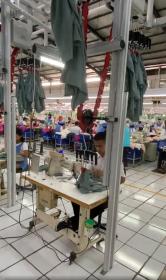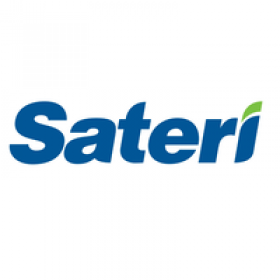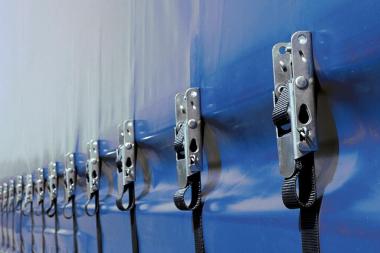SGL Carbon plants: DIN EN1591-1 tightness certification
- SGL Carbon supplies first plants with DIN EN1591-1 tightness certification to the chemical industry
- First column already delivered to major European customer
In plant operation in the chemical industry, the tightness of flanged joints is becoming increasingly important when dealing with aggressive and corrosive operating media. In accordance with European Union requirements, the German government has defined new requirements in the first administrative regulation to the Federal Immission Control Act (BImSchG), which will apply from January 2021. SGL Carbon is the first manufacturer of PTFE-lined columns to be able to provide the required proof of tightness according to DIN EN 1591-1 and has already delivered the first column with the new certification to a major European customer.
Specifically, the Technical Instructions on Air Quality Control (TA-Luft) of the Federal Immission Control Act (BImSchG) prescribe new, stricter emission values (leakage class L0.01) for keeping the air clean, which must be complied with when operating plants requiring a permit. In order to be able to guarantee the technical tightness of steel/PTFE flanged joints, SGL Carbon, together with a working group of other companies, first determined the EN 13555 sealing characteristic values, which reflect the material-specific PTFE properties as well as the characteristic manufacture and shaping of the linings. With these characteristic values integrated in a database, SGL experts were able to perform realistic DIN EN 1591-1 calculations for flanged joints of a packed column lined with POLYFLURON PTFE and prove the tightness in accordance with TA-Luft. The design, final acceptance and pressure tests in accordance with Directive 2014/68/EU (PED) were successfully certified by a recognized notified body.
"With the rapid implementation of the new tightness requirements for columns, our solutions offer customers further significant added value, which is currently also being applied to other products. Our sales team and technical service are available to provide customers with comprehensive advice on the new directives and our products," explains Ralph Spuller, Director Product Management in the Process Technology (PT) Business Unit at SGL Carbon.
SGL Carbon Technical Instructions on Air Quality Control PTFE tightness certification
SGL CARBON SE


